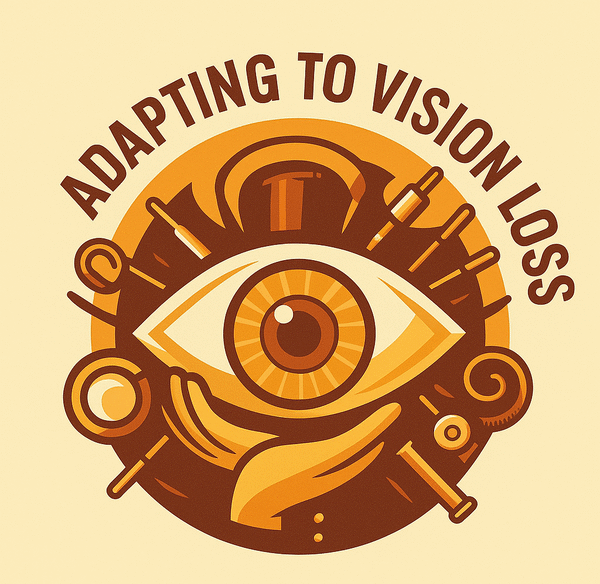Building routines is a game-changer for anyone adapting to vision loss. It’s not just about sticking to a rigid schedule like waking up at the same time each day. The real magic lies in creating consistency in where you place things, so you don’t have to spend extra time and energy finding them.
Take something as simple as your morning routine. If you always put your slippers in the exact same spot before bed, you’ll instinctively find them in the morning without fumbling around. Imagine this: you wake up, take a few steps, and boom, there are your slippers right where you left them. This small practice can make your mornings smoother and save you an unnecessary hassle.
Think of it this way: creating ‘fixed zones’ for your essential items can make life much easier. Dedicate specific spots for everyday items like shoes, keys, or glasses. When you consistently leave these objects in the same place, reaching for them becomes second nature. It’s like your own personal GPS!
While it sounds simple, these small changes can significantly boost your confidence and independence. Knowing exactly where to find things not only saves time but also helps reduce stress and frustration. You’re creating a reliable environment where you feel more secure and in control.
Adding tactile markers or other sensory guides can also be a huge help. These could be textured stickers, rubber bands, or even different shapes for various items. Incorporate these guides into your spaces so that identifying objects becomes easier and navigating your routine is all about muscle memory. Little tactile cues like these provide an extra layer of reassurance.
Incorporating these routines impacts more than just your physical space. It contributes to emotional well-being, giving you a sense of accomplishment and independence. Establishing these habits early on makes daily life much more manageable and fluid. So, embrace these small steps! They accumulate, leading to a smoother, more confident daily experience.
Streamlining Personal Care: Organizational Strategies for the Visually Impaired
Keeping your personal care items organized can be a lifesaver. Lotions, creams, and toothpaste often come with small caps that are easily misplaced. It’s helpful to set these caps in a specific spot on your vanity every time you use them. This way, when it’s time to put them back on, you know exactly where to find them—no risky fumbling that might knock things to the floor or(even worse) down the drain.
Consider using ‘touch-friendly’ strategies in your daily routines. For example, placing items in areas where they’re easy to reach and not likely to be disturbed. Tactile markers can also be applied here. Think about different textures or shapes for different items, making it easier to identify them by touch alone.
Try placing things in a specific order. For example, shampoo, conditioner and body wash may all have similar sized containers and are easily confused for each other. Develop a habit of returning each item to its designated spot immediately after use. This practice not only helps with keeping things tidy but also ensures that your space stays organized and functional. With everything in its place, you can focus on your self-care routine without those annoying interruptions of searching for lost items.
Utilize contrasting textures or containers to help differentiate between products. Placing a rubber band around a bottle or using containers with distinct feels can make identifying items a breeze. These small modifications can add a lot of convenience to your routines.
Consistency is key to avoiding accidents like knocking items off the counter or spilling liquids. By maintaining a well-organized space and putting things back in their place right after use, you reduce the chances of mishaps. It’s one less thing to worry about, allowing you to go about your day with more confidence and less stress.
